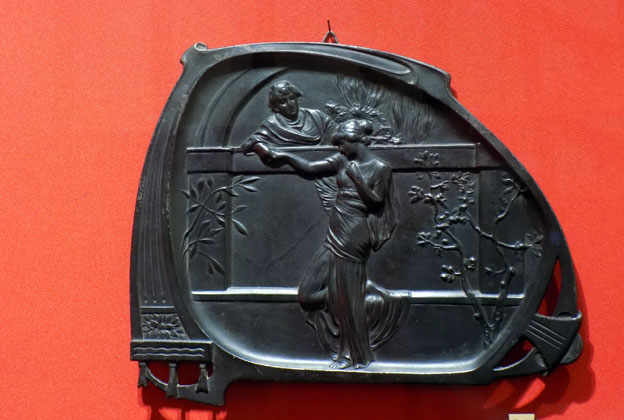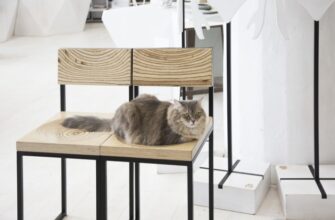Still there is a lot of questions of the attribution of monuments of artistic iron casting of the XIX century. The work is in progress, and scientists are discovering new secrets. Who was the author of the best unsigned samples of iron portraits? What kind of the relationship in the artistic environment of the last centurytwentieth century took place?
These and other topics of concern to scientists was raised at a Round table of experts on casting art, which was timed to the completion of the exhibition “Art, born of fire. Art castings of the Urals XVIII-XXI centuries”, which was held on 21 January 2017 at the Moscow State Museum-reserve Kolomenskoe (MGOMZ). This is the first major exhibition since 1984 dedicated to the famous Ural artistic castings of cast iron.
The exhibition covered almost the entire period of production of art of casting, from the XVIII to the XXI century. 20 large and small scale museums of Russia and private collectors brought their treasures of iron in a Rich yard in Kolomenskoye. Enina T., Deputy Director for exhibition activities of MGOMZ, said: “Most of the exhibits left owners for the first time, most of the exhibits were firstly attributed here… a Unique catalogue of the exhibition was made, but a more unique is a claymount”. We are talking about the fact that cast iron products are usually labeled with special signatures-marks that distinguish one manufacturer from another.
Exhibition space, according to T. Enina, create the allusion to pre-revolutionary exposition, it deliberately gave the impression of congestion, fullness, because the pre-revolutionary exhibitions looked like that.
The abundance of exhibits allowed to feel the iron in space and in time. Despite the fact that the same technique used in the cast iron, the artistic images clearly reflected the era, its tastes and styles. Christian images of Tsarist Russia, portraits of emperors, philosophers, slim fancy figurines of animals… all this was so reflecting the time, that models were melted down after the revolution, declared them out the context of the new challenges of the Soviet era.
According to the expert of the Ministry of culture of Russia Z. Malaeva, the largest iron plant in Kasli even saw the situation that the old model could not be used and a new one were not provided yet. Factory workers turned to M. Gorky for help in providing relevant models, and when they brought the new models (jockey and red army solder), the plant refused to use them. The Soviet iron works vividly expressed Soviet time as a result.
V. Kiselev, General Director of the modern enterprise “Kasli plant for architectural and artistic casting,” said that today the company employs 160 workers and make efforts to develop and to improve the quality. 40% of the plant’s production is the molding art, the rest is architectural. In February 2017 the factory get the monograph trademark registration, providing modern protection of their products from counterfeiting. Otherwise, the production is still produced by the old method, the Dutch soot covering is used, which ensures the absence of impurities and smeared cracks. “Our goal – said the Director, – is to recreate the model Fund as much as possible”.
Frolov A. V., collector-dealer from the city of Yekaterinburg, said that today is “the ideal time for market entry with vintage cast iron mid XIX – early XX centuries”, and he also drew attention to the fact that “the new acquisitions of the products of this period will never come again”. The flow of new products offered for purchases of Antiques in recent years dried up.
Another antiquary, publisher of lamonica and collector of Chelyabinsk region Vladimir Sheremet also noted the decline in demand among the earliest collectors of the Yeltsin era, “now thet do not want to buy the casting” replenishment of collections.
Still, as drew the attention the expert on cultural values of the Ministry of culture S. Nazin, all over the world there are 4 important criteria when purchasing a piece of art: quality (is it always in price and doesn’t fall in the crisis period), rarity of the work, its origin and the presence of a fashion for collecting relevant items.
A. V. Frolov, using data of sales of its 7 outlets in Moscow, also said that “cast-iron figures, which were expensive and rare, has not fallen in price in times of crisis”.





